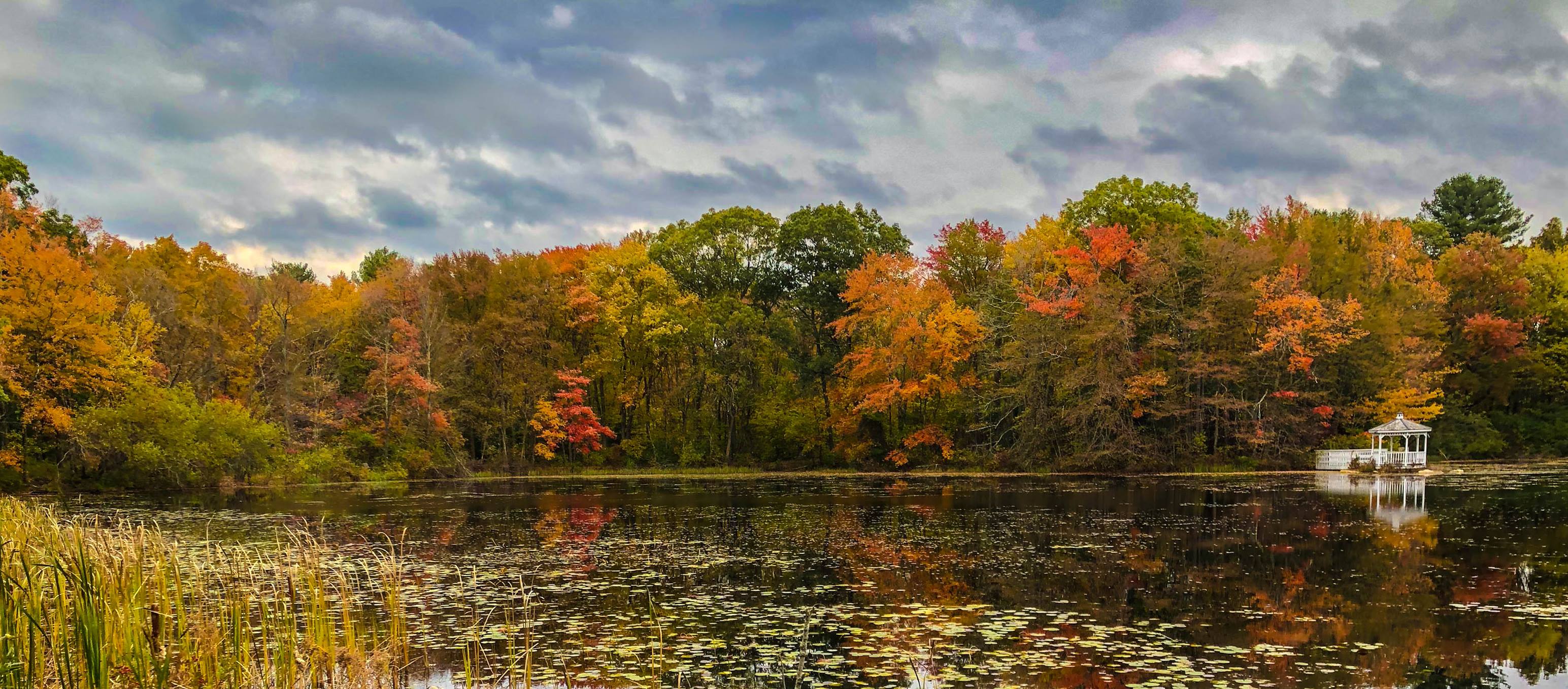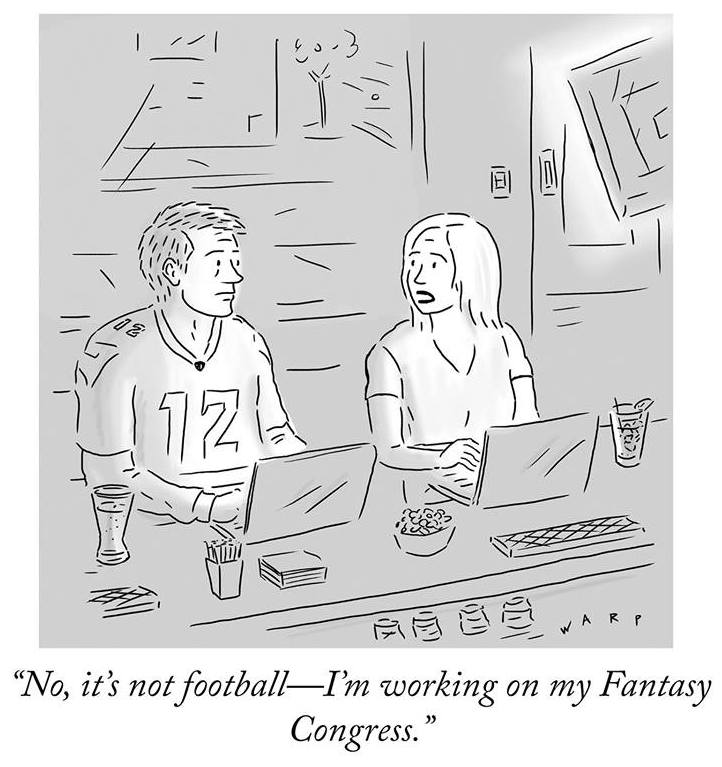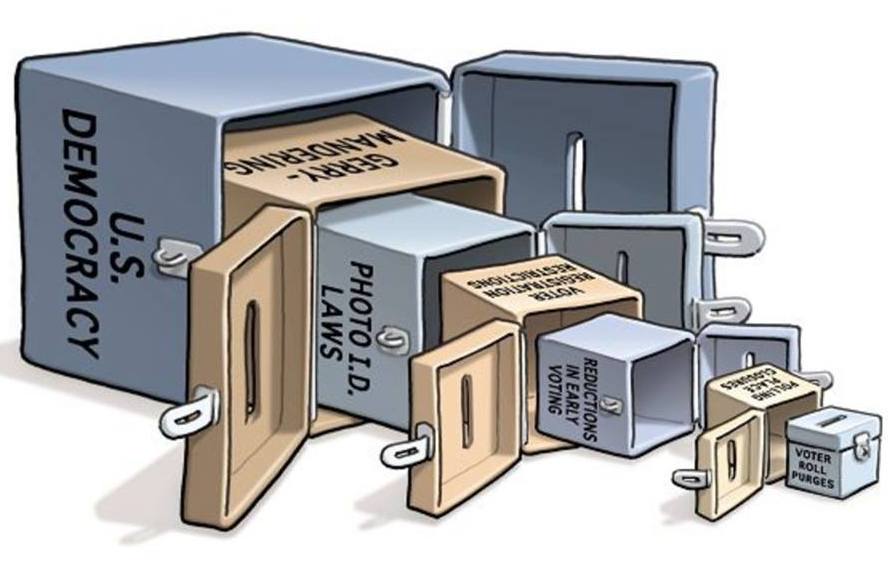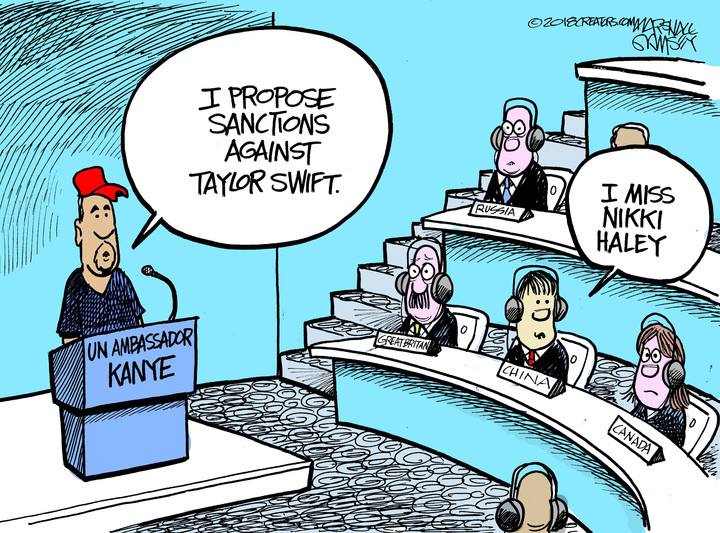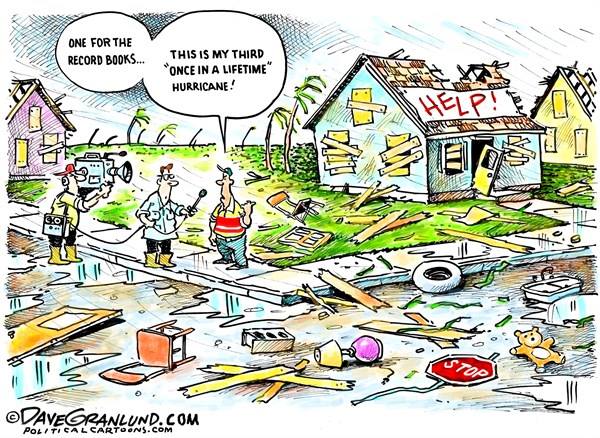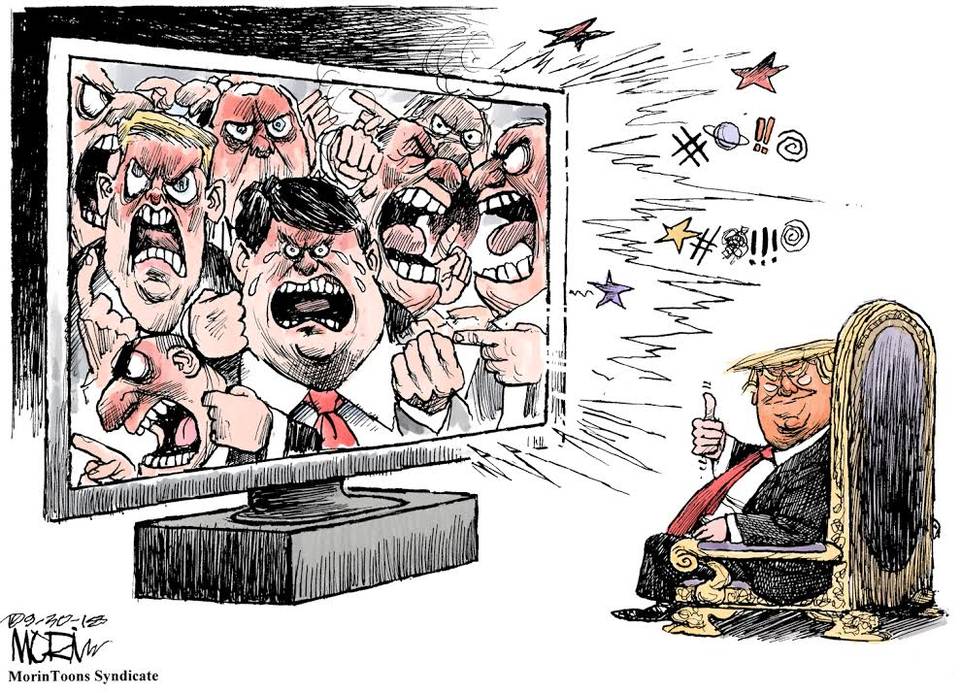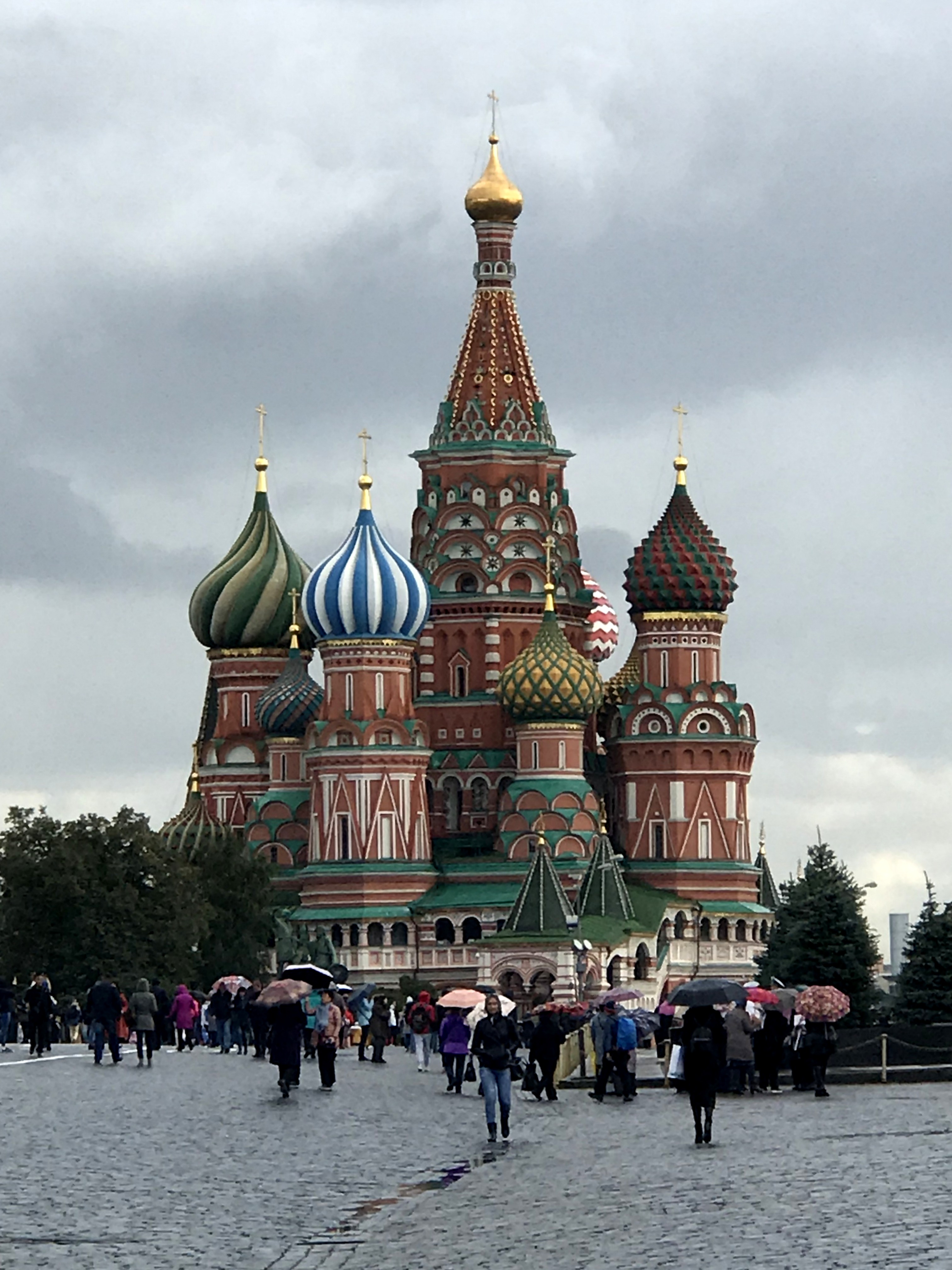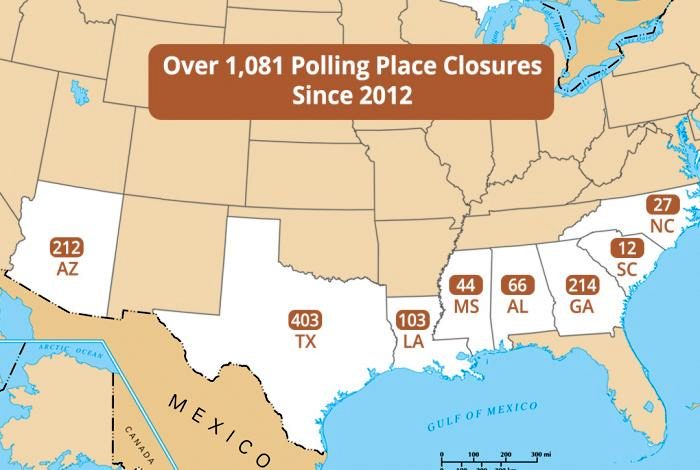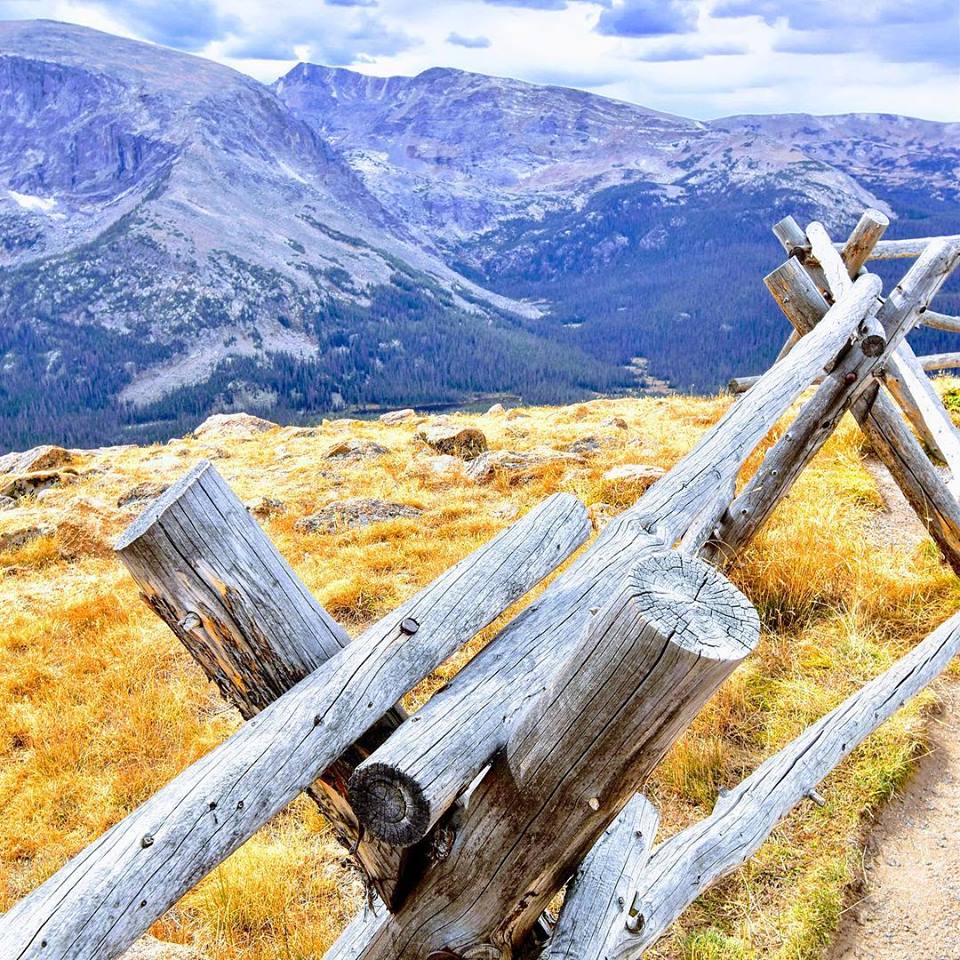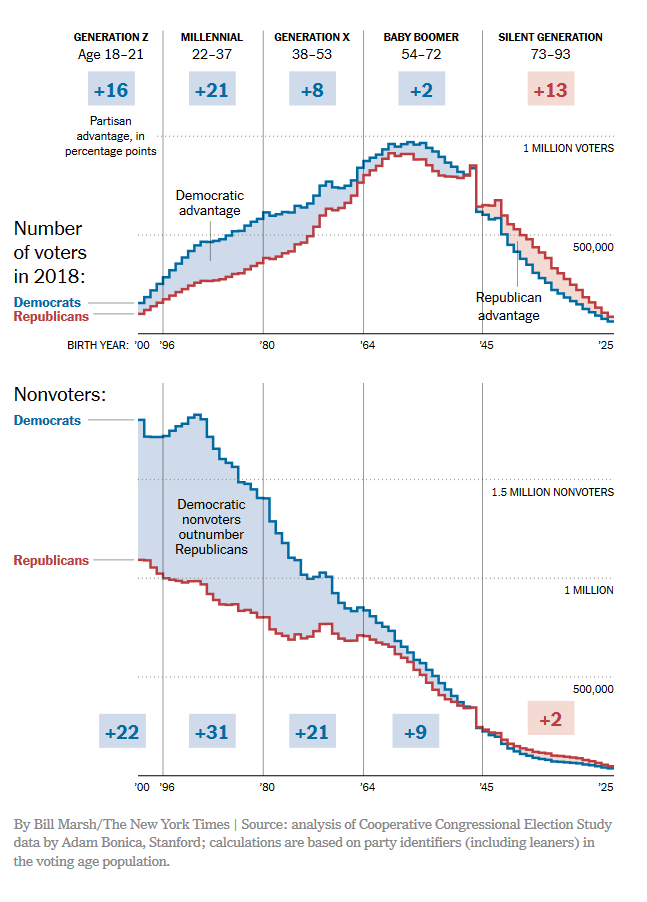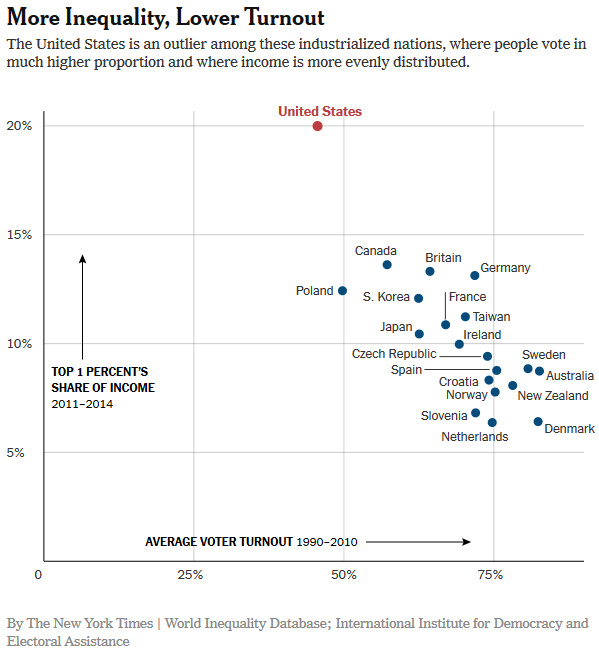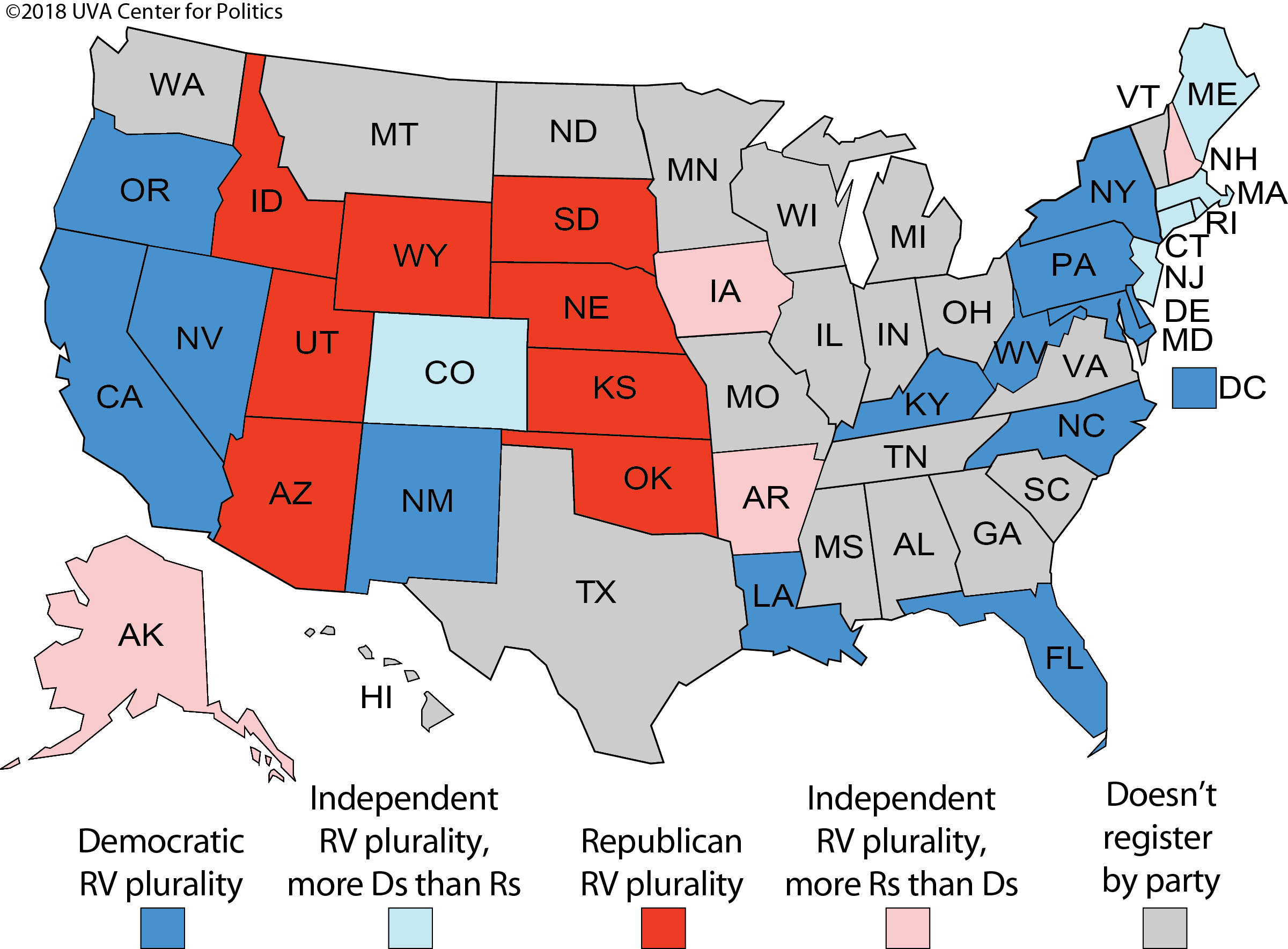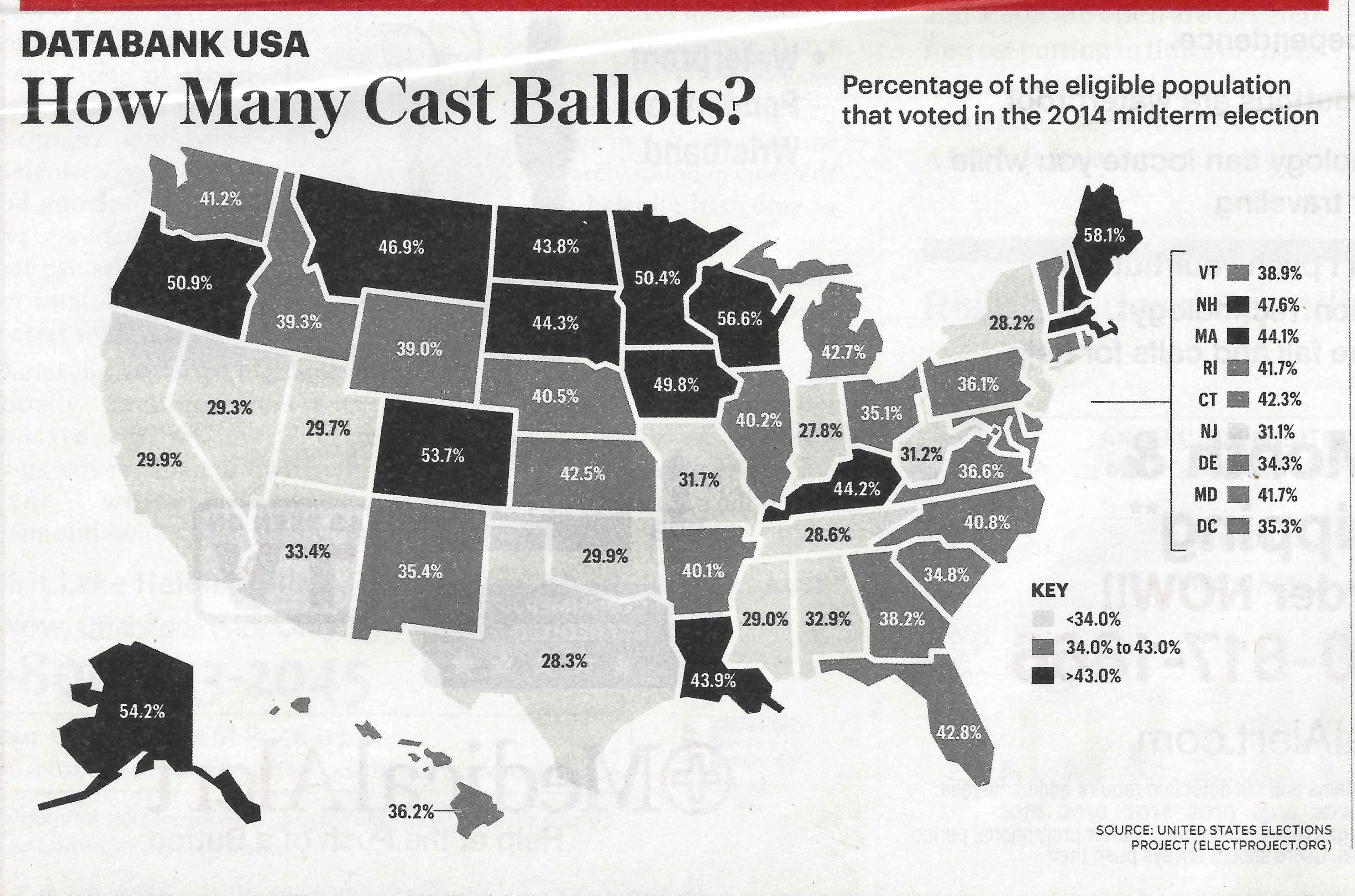The Daily Escape:

View of the Tetons, Jackson, WY – 2011 photo by Wrongo
Alexandria Ocasio Cortez (AOC) is making waves. Fortune Magazine reports that she has proposed replacing Columbus Day with a national voting holiday on Election Day. She tweeted this question:
How is Columbus Day a holiday but Election Day not?
— Alexandria Ocasio-Cortez (@Ocasio2018) November 18, 2018
A tweet storm ensued, led by David Martosko, US political editor for Britain’s Daily Mail, who accused AOC of “angling for more vacation days.” His tweet struck many as a reference to an inaccurate stereotype of Hispanics as lazy. AOC shot back:
…I would disagree with your complaint that Americans get too much vacation time (we work some of the longest hours of any dev country & have no Fed required paid leave)…
Although voter turnout in 2018 was the highest for a mid-term election in a century, many think the 49% turnout figure could be substantially improved because many people can’t take time off for work to vote. Other politicians, like Bernie Sanders, have called for making Election Day a holiday.
Others are opposed to making Election Day a holiday, arguing that it might give many white-collar workers and students a day off, while people working in service businesses, like restaurants, and retail stores may still have to work that day.
Early voting and mail-in ballots are alternatives for those who have to work on Election Day. But that is the rule in only a few states. Many states have rejected making voting easier. The seemingly intentional long lines at polling stations can make working people give up before voting, either because they have to get to work, or they need to get home after a long work day.
AOC’s idea has merit, not least because a large cohort of Americans believe Columbus Day celebrates something which shouldn’t be commemorated.
Many countries have holidays on Election Day. And what better way to promote participation in one of the most important aspects of our democracy? Republicans understand that larger turnouts generally won’t break for their candidates. Why is their default to prevent as many of the “wrong” people as possible from accessing the voting booth?
Areas with a high percentage of voters of color have been hardest hit by closures and election worker cutbacks. In urban counties where a majority of voters are people of color, voters lost an average of seven polling places and more than 200 poll workers. Meanwhile, in counties where more than 90% of the population was white, voters lost just two locations and two election workers on average during the same time period.
Vote suppression takes many forms, and AOC is correct to point out a simple way to make voting easier.
Some on both the right and the left think Ocasio-Cortez should be cooling her jets. After all, she has yet to even take the oath of office for Congress. To their way of thinking, she should keep her head down and get the lay of the land before speaking out.
But, let’s hope that Ocasio-Cortez and the rest of Congressional freshman class quickly decide on their own paths forward.
These new Representatives shouldn’t be asked to be seen and not heard, particularly when the Democratic leadership seems to be bereft of ideas.

